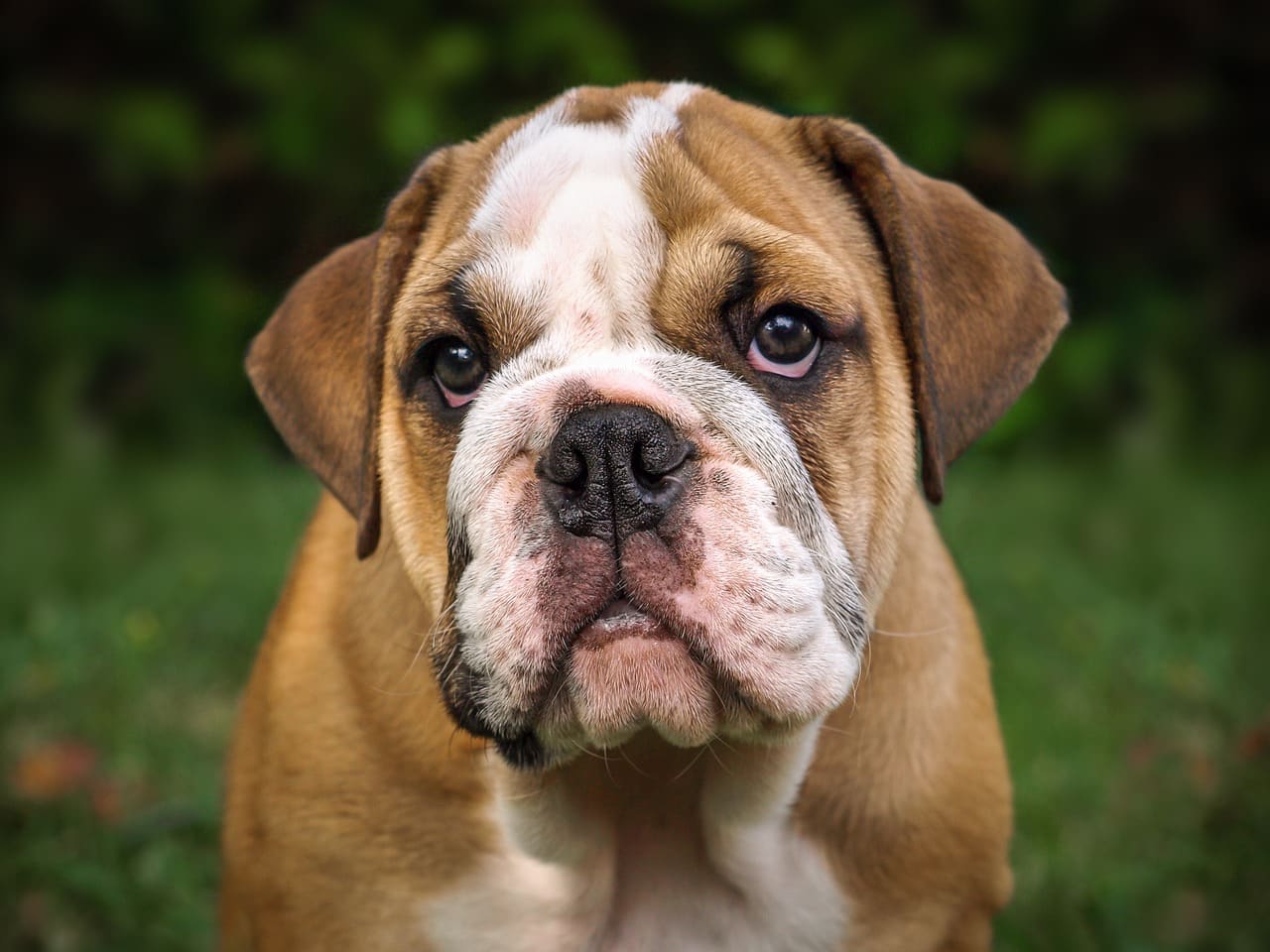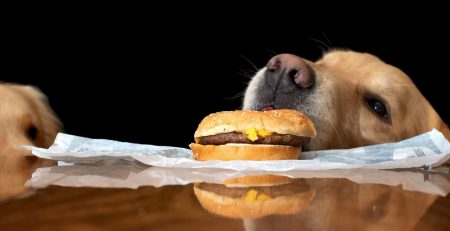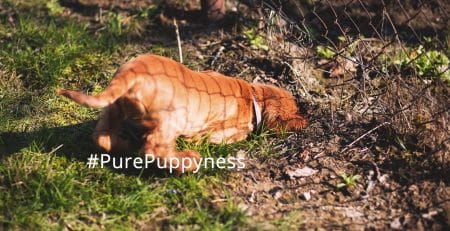Cherry Eye
Not to be confused with Cherry Pie or Eagle-Eye Cherry, Cherry Eye is more properly called Prolapse of the Third Eyelid. This is a painful condition that affects a dog’s third eyelid (nictating membrane). It can be agonising for the dog, and distressing for their human. Luckily, if this condition is spotted quickly, it can be corrected. We’ll be sharing tips on how to recognise Cherry Eye, and what you should do about it.
What is Cherry Eye?
All dogs have a Third Eyelid in their lower eyelid. Its purpose is to provide extra protection to the eye, and keeping the eye lubricated with its special tear gland. It is very important for the overall health of the canine eye.
When a dog has Cherry Eye, the connective tissue that holds the tear gland of the third eyelid in place is very weak or damaged. This results in the tear gland coming loose and prolapsing (popping out) usually at the inner corner of the eye.
How to spot Cherry Eye
If your dog has cherry eye, you will see a reddish fleshy bump sticking out and covering part of the eye. This bump is the third eyelid. There may also be abnormal tear production or discharge from the eye.
What causes Cherry Eye?
The exact cause of Cherry Eye is not yet known. Some breeds are genetically disposed to Cherry Eye. These breeds include Cocker spaniels, Bulldogs, Boston terriers, Beagles, Bloodhounds, Lhasa Apsos, Shih Tzus, and other brachycephalic breeds. In these breeds, the attachment of the gland of the Third Eyelid is thought to be weak, which makes it easier for the gland to prolapse.
If Cherry Eye is not treated, your dog can develop “dry eye”, which will negatively affect their vision. The gland will become more swollen the longer it is prolapsed, and your dog may paw or scratch at it, causing further damage and a risk of infection.
What’s the treatment?
If Cherry Eye is spotted early enough, it’s possible to treat it without surgery. There are special massage treatments involving specific canine eye drops, which can help the prolapsed tear gland move back into place. This does not guarantee that your dog will not get Cherry Eye again. Be sure to consult your vet before you try this treatment.
If your dog has severe Cherry Eye, they may need surgery. There are a few different surgical methods, and your vet will be able to determine which is best for your dog’s eye. The good news is that surgery is usually very effective, and the gland should be functioning normally within a few week post-operation.






















